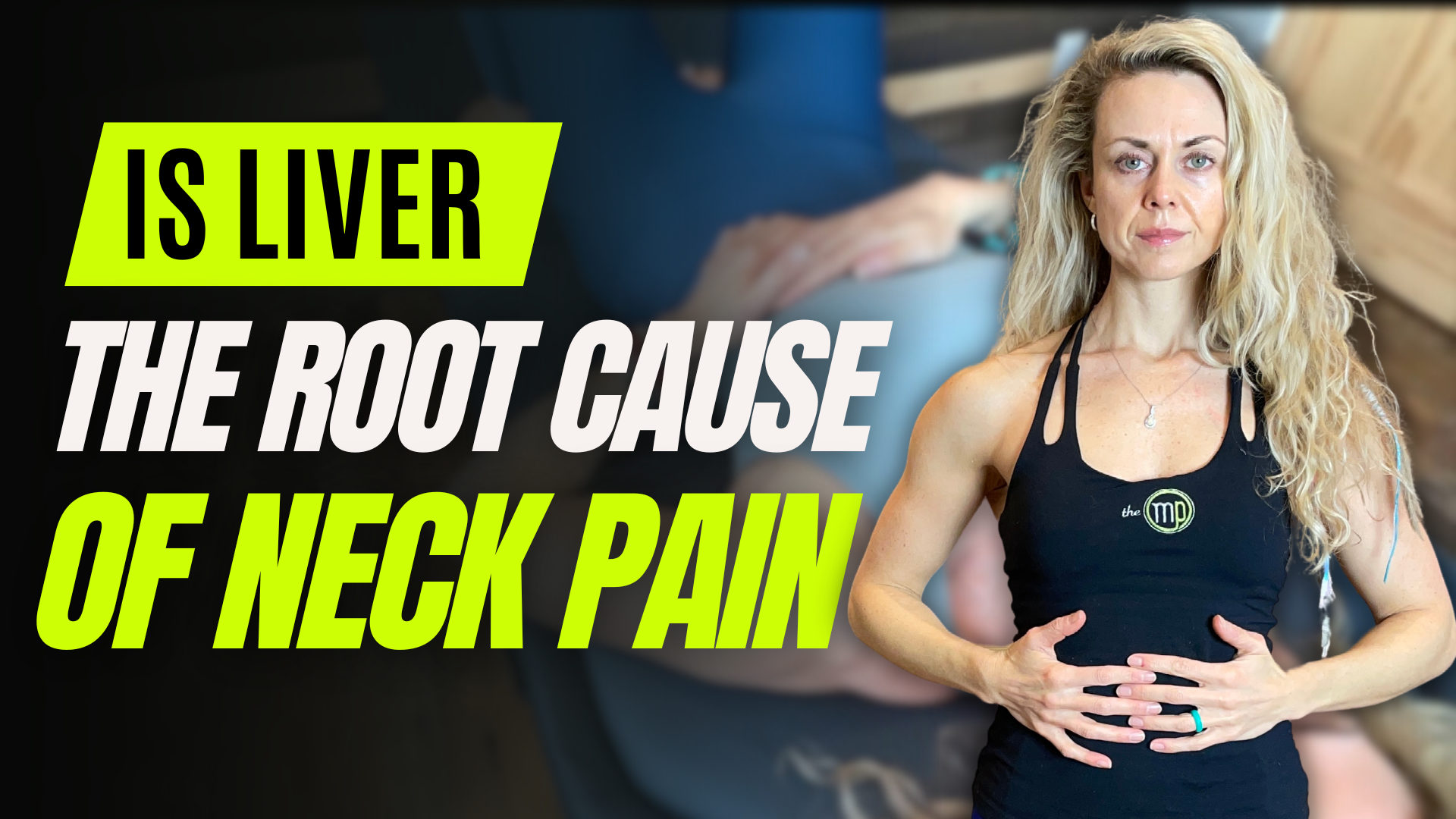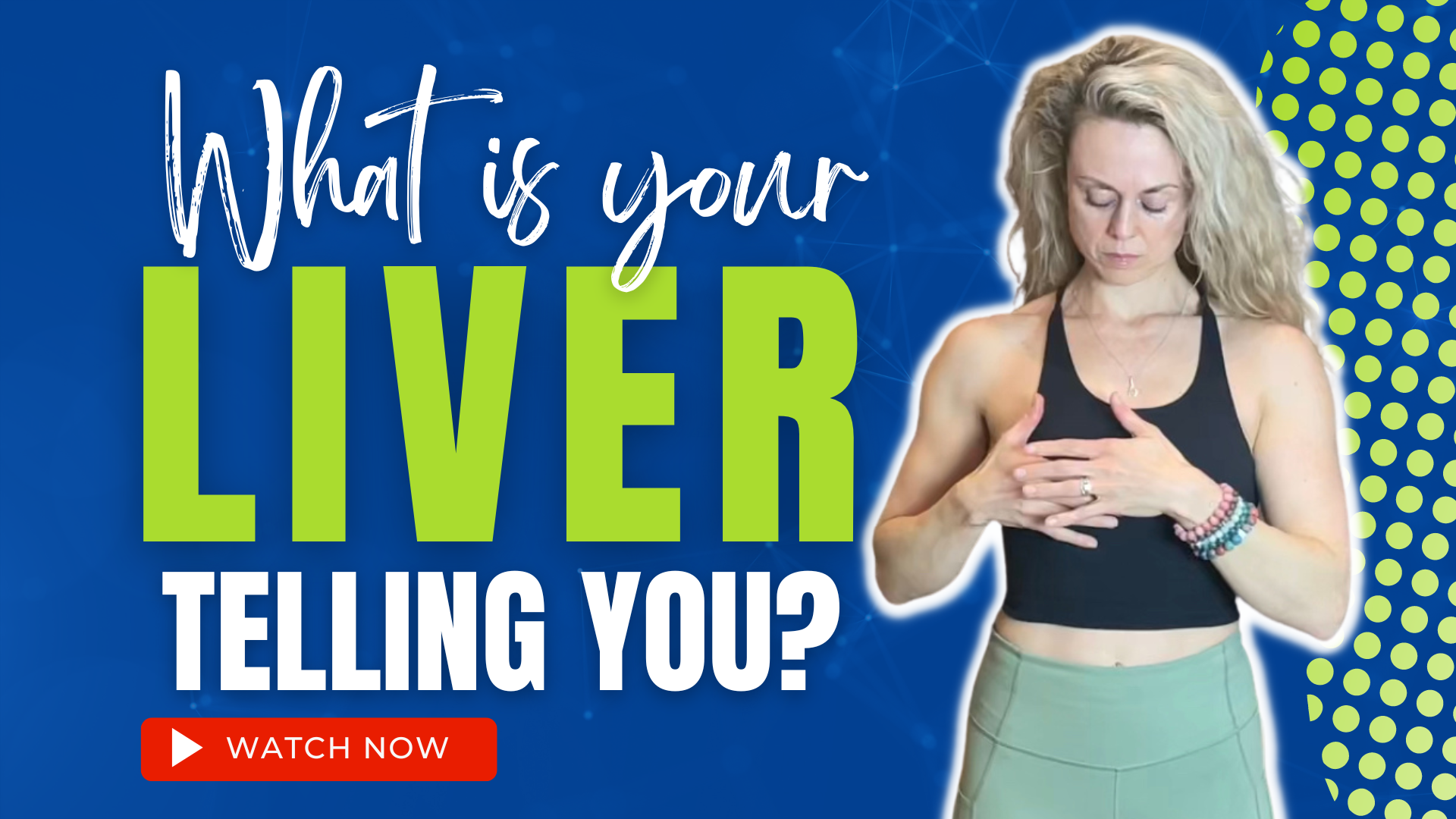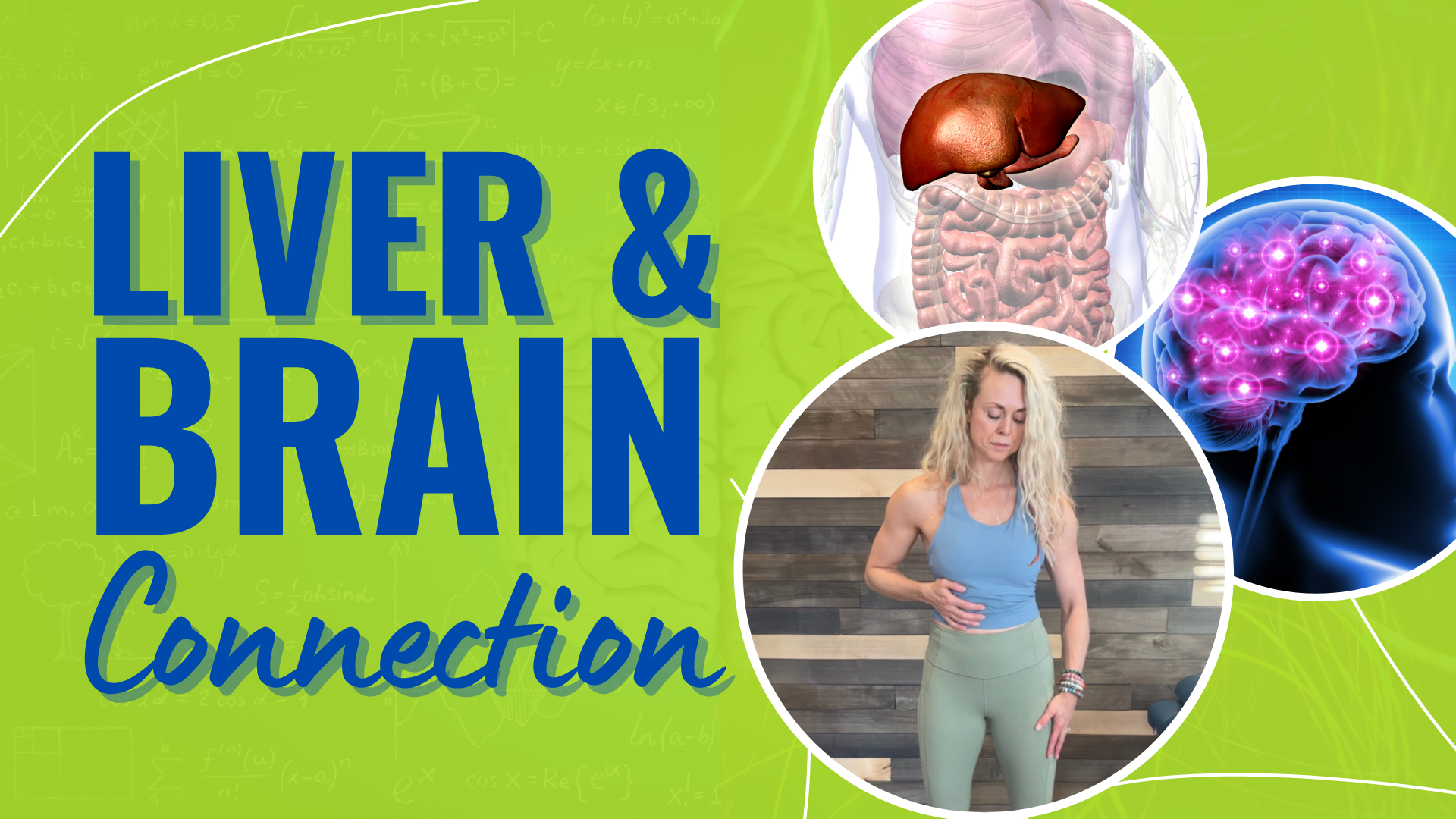Are you experiencing right-sided neck pain, right shoulder pain, or sciatica? Are traditional treatments failing to provide relief? Perhaps you’re also dealing with frustration, anger, skin issues, or digestive problems. If so, your liver might be playing a significant role. Today, we’ll explore the connection between liver and neck pain, helping you look deeper into potential root causes.
Rather watch or listen?
The Connection Between Liver and Neck Pain
The liver is an incredible organ, essential for detoxifying blood, metabolizing nutrients, and producing bile. It’s vital for overall health, yet many factors can compromise its function. Genetic variances, toxic exposure, inflammatory diets, and chronic stress can all impact the liver. Additionally, there’s an emotional link to our organs; the liver is often associated with anger and frustration.
If you frequently feel stuck in a fight-or-flight state, constantly frustrated, or angry, it could indicate liver issues. Our main focus today is the liver’s connection to musculoskeletal problems, particularly in the right neck and shoulder. However, the liver can also affect the thoracic spine and cause sciatica on either side. Fascial connections, ligaments, and the liver’s relationship with the diaphragm mean liver issues can manifest as common musculoskeletal pain.
Self-Assessment for Liver-Related Pain
Let’s begin with a simple assessment. Even if you’re not currently in pain, checking for restrictions or mobility issues can be helpful. Turn your head fully to the right, then to the left. Tilt your head to each side and bring your chin down to your collarbone. Notice any tightness or restriction.
If you do experience pain, try this: place your left hand over your liver area, just below the right rib cage. Apply gentle pressure and turn your head to the right again. Notice any changes in range of motion or pain reduction. You can also test your shoulder: raise your arm without pressure on the liver, then with pressure, and compare the differences.
This assessment can reveal whether liver input affects your musculoskeletal system, suggesting fascial or joint restrictions linked to liver function.
Addressing Neck and Shoulder Pain
Here’s how to address neck and shoulder pain potentially linked to liver issues:
Cross-Body Stretch
Cross your arms over your chest, each hand on the opposite shoulder. Inhale as you rotate to one side, hold briefly, then exhale and return to the center. Repeat on the other side to stretch the fascia and create rib cage expansion.
Alternating Arm Movements
Inhale as you lift one arm up and the other down, then switch sides. Repeat several times to promote mobility.
Liver Motility Exercises
Imagine a 3D motion for the liver: out, up, and back, then down, front, and in. Perform this gentle practice for 45 seconds to a minute, mimicking the liver’s natural movement during breathing.
After these exercises, recheck your range of motion. You might find your neck and shoulder movements feel freer and less restricted.
Supporting Liver Health
To maintain a healthy liver, focus on a nutritious diet and incorporate lymphatic drainage practices. By supporting one of your body’s key detoxification organs, you can enhance overall health and potentially reduce musculoskeletal pain.
If this was helpful, please give it a like, share it, and subscribe to our YouTube channel, the Movement Paradigm, for weekly tips on mindset, nutrition, and movement. Our goal is to help you live your best life, heal, transform, and, more importantly, thrive.
You can always join us in our app, the Movement Paradigm. We have lots of challenges every other month—everything from movement to the nervous system, nutrition, and so on. And we have a great community of people.
You can also reach out to us for an individual appointment for functional medicine or holistic physical therapy. If you really want to get to the root cause, please reach out to us.
Other things that might interest you:
What is your liver telling you?



